The token unlock model introduced by Changpeng Zhao (CZ) is poised to revolutionize the way cryptocurrencies manage token releases. This innovative approach addresses the pervasive issue of market flooding, which often leads to instability and price volatility in the crypto market. By implementing conditional token unlocks, CZ’s model ensures that tokens are only released under specific time and price conditions, effectively curbing potential market manipulation. Such measures not only protect investors but also promote a healthier economic environment for projects by encouraging sustainable growth. As the crypto landscape evolves, this model could serve as a critical framework for future tokenomics strategies, potentially reshaping how cryptocurrencies are perceived and valued.
The concept of a price-triggered token release mechanism is gaining traction as the cryptocurrency landscape grapples with ongoing challenges related to market dynamics. This alternative tokenomics framework emphasizes careful management of token supply, ensuring that only predetermined conditions allow for new tokens to enter circulation. By establishing stringent criteria for token unlocks, such as maintaining specific price thresholds, this model seeks to mitigate risks associated with market flooding and manipulation. As project teams adapt to these innovative strategies, the focus shifts towards fostering long-term growth rather than engaging in short-term speculative practices. This emerging paradigm reflects a growing recognition of the need for responsible token distribution in the rapidly evolving world of digital assets.
Understanding CZ’s Conditional Token Unlock Model
The Conditional Token Unlock Model proposed by Changpeng Zhao (CZ) is an innovative approach that aims to address significant concerns in the cryptocurrency market, particularly market flooding. This model stipulates that a minimal percentage of tokens, specifically only 10%, will be available for sale at launch, while the majority remains locked until specific price conditions are met. This approach is designed to prevent sudden drops in token prices that often occur due to excessive supply flooding the market, thereby stabilizing the token’s value and promoting sustainable growth.
By implementing strict conditions for token unlocks, such as requiring that the price must exceed twice the previous unlock price for a minimum of 30 days, CZ seeks to eliminate the risks associated with market manipulation. This safeguards investors and encourages project teams to focus on long-term development rather than short-term profit, which is often a significant issue in the fast-paced crypto environment. Furthermore, this model allows for flexibility in terms of delaying token releases, fostering a more cautious and strategic approach to tokenomics.
Impact of Tokenomics on Cryptocurrency Market Stability
The introduction of CZ’s tokenomics model could potentially revolutionize the way token releases are managed, ensuring that new tokens do not flood the market and adversely affect prices. By limiting the release of tokens and requiring specific price thresholds to be met before further unlocks, this model directly addresses the prevalent issue of market flooding in cryptocurrency. This strategy could lead to a more stable investment environment, as it mitigates the effects of sudden sell-offs that often result from large quantities of tokens entering the market.
Additionally, the model’s emphasis on long-term price stability over immediate profits may also appeal to institutional investors who are wary of market volatility. Knowing that token releases are contingent upon favorable market conditions could instill greater confidence in potential investors, thus attracting more capital into the cryptocurrency space. As a result, such a strategic approach to tokenomics could not only reduce instances of market manipulation but also foster a healthier and more sustainable crypto market.
CZ’s Commitment to Combatting Market Manipulation
Changpeng Zhao has consistently voiced his discontent with market manipulation practices that undermine the integrity of the cryptocurrency ecosystem. His proposal for a conditional token unlock model reflects this commitment, as it is designed to prevent scenarios where tokens are released at low prices, leading to panic selling and drastic price drops. By requiring tokens to be unlocked only under favorable conditions, Zhao aims to protect investors from the predatory tactics often seen in the crypto space.
Moreover, Zhao’s proactive measures, such as donating tokens to victims of fraudulent schemes, highlight his dedication to rectifying the injustices faced by investors in the market. This not only reinforces his stance against market manipulation but also showcases a responsible approach to leadership within the cryptocurrency community. As the industry continues to grapple with issues of trust and transparency, initiatives like Zhao’s can play a crucial role in restoring faith among investors.
The Role of the CZ Proposal in Future Token Issuance
The CZ proposal for a price-triggered token unlock model could set a new standard for how tokens are issued in the cryptocurrency market. By tying the release of tokens to specific market conditions, CZ’s model encourages project teams to prioritize sustainable growth rather than quick financial gains. This approach could usher in a new era of tokenomics, where the focus shifts from speculative trading to genuine project development and community engagement.
As cryptocurrencies continue to evolve, innovative models like CZ’s may become essential in navigating the complexities of market dynamics. By promoting transparency and accountability in token releases, this proposal could help prevent the kind of market flooding that has previously led to significant losses for investors. As more projects consider adopting similar strategies, the overall health of the cryptocurrency ecosystem may improve, fostering a more stable environment for both new and existing investors.
Examining the Challenges of Market Flooding in Crypto
Market flooding is a critical challenge that many cryptocurrencies face, often leading to price volatility and investor distrust. When a large volume of tokens is released all at once, it can overwhelm the market, resulting in a rapid decline in token value. This phenomenon not only affects individual investors but can also tarnish the reputation of entire projects, leading to decreased interest and investment in the long term.
CZ’s proposal addresses this issue head-on by implementing a structured approach to token unlocks. By limiting the initial sale to only 10% of the total supply and establishing strict conditions for subsequent releases, the model aims to create a more controlled and predictable market environment. This could ultimately lead to greater investor confidence and a more stable pricing structure as projects work towards building sustainable communities rather than engaging in short-lived speculation.
The Future of Token Unlocking Strategies
As the cryptocurrency market continues to mature, the need for innovative token unlocking strategies becomes increasingly apparent. CZ’s price-triggered model represents a forward-thinking approach that could reshape the landscape of token issuance. By focusing on market conditions rather than arbitrary timelines, this model offers a more nuanced method of managing token supply, potentially leading to healthier market dynamics.
The future may see more projects adopting similar conditional unlocking strategies, which could help mitigate risks associated with sudden price drops and market manipulation. This shift towards responsible tokenomics could encourage a more sustainable investment climate, fostering trust and stability in an otherwise volatile market. As investors become more educated about the implications of tokenomics, models like CZ’s could gain traction, influencing how cryptocurrencies are developed and marketed.
Addressing Concerns About Pump-and-Dump Schemes
Pump-and-dump schemes have long plagued the cryptocurrency landscape, often leaving unsuspecting investors with significant losses. These schemes typically involve artificially inflating the price of a token before a massive sell-off, leading to catastrophic financial consequences for those who bought in at inflated prices. CZ’s conditional token unlock model seeks to minimize the risk of such schemes by ensuring that tokens are only released when market conditions are favorable.
By requiring a token’s price to maintain a certain threshold for an extended period before additional unlocks can occur, this model could effectively deter the kind of speculative behavior that fuels pump-and-dump schemes. This approach not only protects investors but also encourages a more ethical approach to token development. As the industry moves toward greater regulation and accountability, strategies that prioritize investor protection will likely gain prominence, making CZ’s proposal particularly relevant.
The Importance of Community in Tokenomics
Community engagement is a crucial aspect of successful cryptocurrency projects, and CZ’s token unlock model recognizes this by emphasizing long-term growth over immediate profit. By limiting the availability of tokens and linking their release to specific market conditions, project teams are encouraged to invest in community building and development initiatives. This focus on fostering a supportive ecosystem can lead to more robust and resilient projects.
A strong community can act as a stabilizing force in the cryptocurrency market, helping to prevent the kind of price fluctuations that often accompany market flooding. When investors feel connected to a project and its goals, they are more likely to hold their tokens through market volatility, contributing to price stability. Therefore, by prioritizing community involvement and sustainable growth, CZ’s proposal could not only enhance individual projects but also strengthen the overall cryptocurrency ecosystem.
The Broader Implications of CZ’s Proposal
The implications of CZ’s conditional token unlock model extend beyond individual projects and touch on the broader cryptocurrency market. By introducing a framework that encourages responsible token management, this model could influence how future projects structure their tokenomics. As more projects adopt similar strategies, the market may see a shift towards increased stability and investor confidence, which are critical for long-term growth in the cryptocurrency space.
Moreover, the adoption of such innovative models could pave the way for more regulatory clarity in the cryptocurrency sector. As industry leaders like CZ advocate for responsible tokenomics, regulators may be encouraged to create guidelines that support sustainable practices. This could ultimately lead to a more transparent and reputable market, where investors feel safer and more secure in their investments.
Frequently Asked Questions
What is the token unlock model proposed by CZ in relation to cryptocurrency market flooding?
The token unlock model proposed by Changpeng Zhao (CZ) aims to prevent market flooding by implementing conditional token unlocks. In this model, token releases will only occur when specific time and price conditions are met, ensuring that the market is not overwhelmed by too many tokens at once.
How do conditional token unlocks work in CZ’s tokenomics model?
Conditional token unlocks in CZ’s model stipulate that only 10% of tokens are available for sale initially, with the remaining 90% locked. Future unlocks depend on meeting strict criteria, such as maintaining a price at least twice the previous unlock price for over 30 days, helping to stabilize market conditions.
What are the main benefits of CZ’s price-triggered token unlock model?
CZ’s price-triggered token unlock model offers several benefits, including reduced market manipulation, prevention of sudden price drops, and encouragement for project teams to focus on sustainable growth. By controlling token release schedules, this model aims to foster a healthier cryptocurrency market.
How does CZ’s proposal address concerns about crypto market manipulation?
CZ’s proposal addresses crypto market manipulation by implementing a model that limits the number of tokens released based on price performance. This approach aims to reduce the likelihood of pump-and-dump schemes, ensuring that token unlocks are aligned with positive market conditions.
Can project teams modify the token unlock schedule under CZ’s model?
Yes, project teams have the flexibility to delay or reduce the size of token unlocks under CZ’s model. However, they cannot shorten the waiting period between unlocks or increase the percentage of tokens released, thus maintaining the integrity of the tokenomics framework.
What example did CZ provide to illustrate the token unlock model?
CZ illustrated the token unlock model with an example where a token launched at $1 would not see another unlock until the price exceeded $2 for at least 30 days. This ensures that tokens are only released during favorable market conditions, promoting long-term project viability.
Is CZ planning to launch a new cryptocurrency with the token unlock model?
No, CZ clarified that he has no plans to launch a new cryptocurrency. His proposal for the token unlock model is intended as a conceptual framework to improve existing tokenomics and combat market manipulation within the cryptocurrency space.
What impact did the LIBRA token incident have on CZ’s proposal for token unlocks?
The LIBRA token incident, which witnessed significant price volatility and market loss, highlighted the need for a more robust tokenomics model. CZ’s proposal aims to mitigate similar risks by implementing conditional token unlocks, thus protecting investors from severe market fluctuations.
How does the token unlock model propose to support long-term growth for cryptocurrency projects?
The token unlock model supports long-term growth by ensuring that tokens are only released when market conditions are favorable, thereby discouraging quick sell-offs. This encourages project teams to focus on sustainable development and community engagement rather than short-term profits.
What are the limitations of CZ’s token unlock model?
CZ’s token unlock model has limitations, including the inability to accelerate unlock schedules or increase token release percentages. This ensures that the market remains stable but may also restrict liquidity for project teams looking to raise funds quickly.
| Key Point | Details |
|---|---|
| Introduction of Token Unlock Model | CZ proposes a new token issuance concept to prevent market flooding. |
| Conditional Unlocks | Tokens will unlock based on specific time and price conditions. |
| Initial Token Availability | Only 10% of tokens available for sale initially; 90% remain locked. |
| Unlock Requirements | Unlocks occur at least 6 months apart and require price to be double the previous unlock for 30 days. |
| Maximum Unlock Limit | A maximum of 5% of total supply can be unlocked at each interval. |
| Example Scenario | A token priced at $1 can’t unlock again until after it reaches $2 for 30 days. |
| Flexibility for Project Teams | Teams can delay or reduce unlock sizes but cannot shorten waiting periods or increase unlock percentages. |
| CZ’s Intentions | CZ clarifies he has no plans to launch a new coin with this model. |
| Market Context | Proposal comes amid concerns over market manipulation and pump-and-dump schemes. |
| Support for Victims | CZ has donated tokens to victims of fraudulent schemes in the crypto space. |
Summary
The token unlock model proposed by CZ aims to establish a more controlled and sustainable approach to token issuance in the cryptocurrency market. By setting specific conditions for token unlocks, this model seeks to prevent market dumping and encourage long-term growth, thereby addressing pressing concerns within the crypto community. As the industry grapples with the implications of market manipulation, CZ’s innovative framework offers a potential solution that prioritizes stability and investor protection.
The token unlock model proposed by Changpeng Zhao (CZ) is an innovative approach aimed at addressing significant challenges in the cryptocurrency market, particularly the issue of market flooding. By implementing conditional token unlocks, this model ensures that tokens are released only when specific price thresholds are met, significantly reducing the potential for market manipulation. CZ’s plan includes a phased release strategy, where only a small percentage of tokens are available initially, fostering a more stable and sustainable growth environment. This strategy not only promotes transparency but also encourages project teams to focus on long-term development rather than short-term gains. As the crypto landscape evolves, understanding cryptocurrency tokenomics like this unlock model may prove essential for investors seeking to navigate the complexities of market dynamics.
The innovative approach to token distribution, often referred to as a price-triggered unlocking strategy, introduces a novel method for managing cryptocurrency supply. By establishing strict criteria for releasing additional tokens, this model aims to mitigate the adverse effects of excessive token circulation on market stability. This strategic framework aligns with contemporary discussions in crypto economics, particularly in the context of preventing price manipulation and ensuring a healthier trading environment. As the industry grapples with issues such as market flooding and pump-and-dump schemes, understanding these alternative token release mechanisms becomes increasingly vital for both developers and investors alike. Ultimately, such models are essential in shaping a more resilient and transparent cryptocurrency ecosystem.


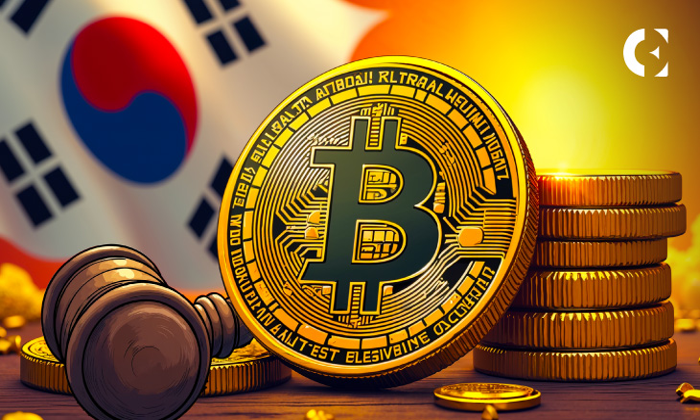
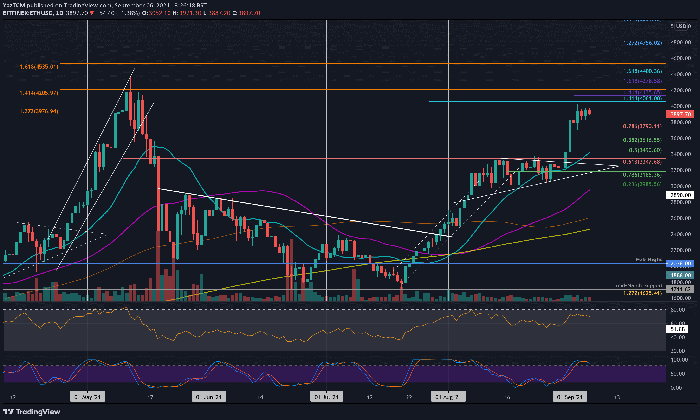


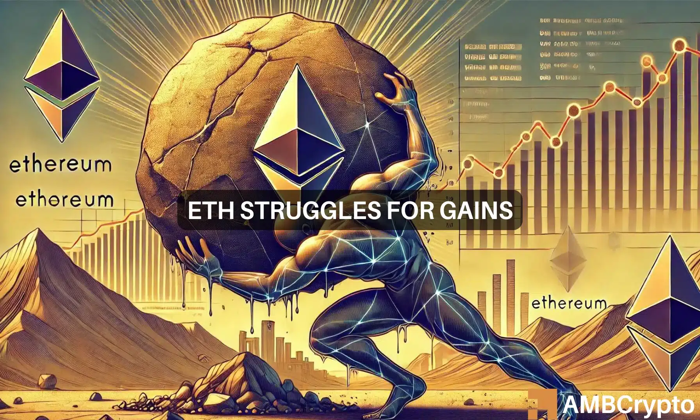


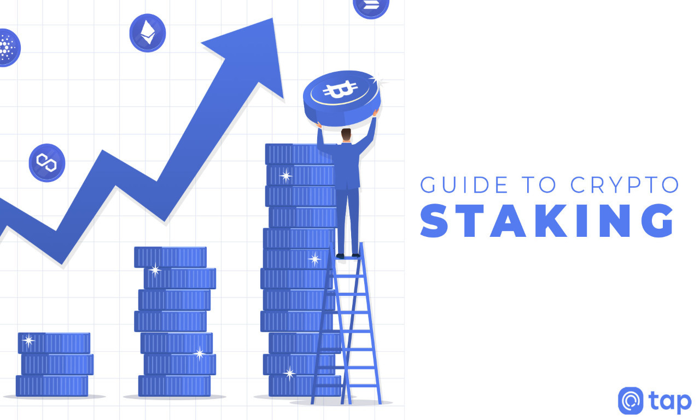

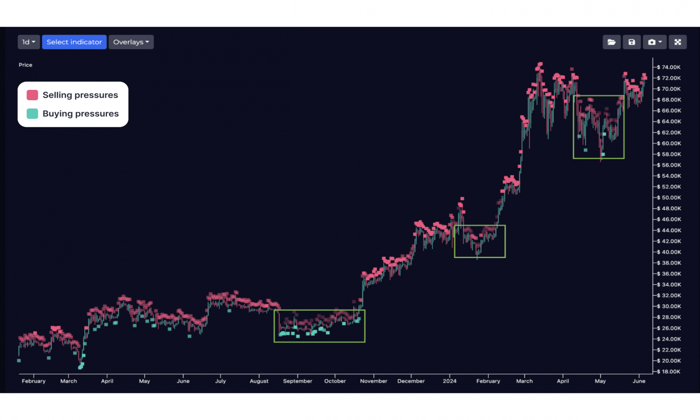
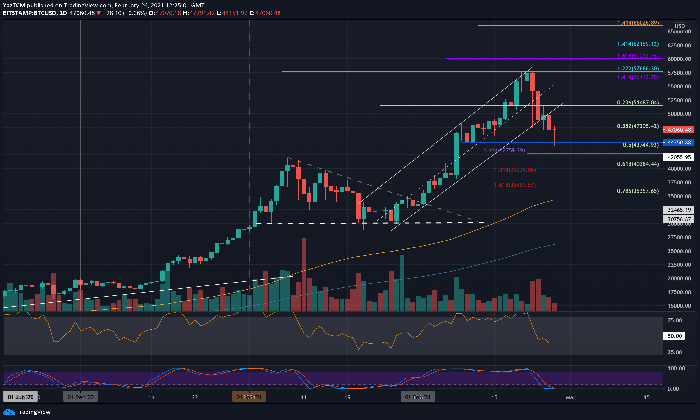


Leave a Reply